Energy systems and technologies for carbon reduction are emphasized
Shanghai is advancing toward greener development and high-quality growth, but further efforts are needed in energy supply, institutional arrangements and technological innovation, according to officials and experts.
Their comments followed the release of the city's action plan for a green and low-carbon transition between 2024 and 2027, which was announced by the municipal government recently.
Under the plan, Shanghai aims to have an installed photovoltaic capacity of 4.5 million kilowatts by the end of 2027 and will promote the construction of its first deep-sea wind power facilities. By 2027, 75 percent of transportation in the city's central area should be green, with buses and taxis transitioning to new energy vehicles by next year. Additionally, over half of new individual car purchases are expected to be NEVs by 2027.
Energy-saving renovations will cover an additional 20 million square meters of building space by 2027, supplementing the 30 million square meters slated for upgrades by the end of the 14th Five-Year Plan (2021-25).
China Baowu Steel Group Corp's Shanghai production base aims to reuse more than 15 percent of steel scrap by next year as part of its carbon reduction efforts. Key materials promoting carbon neutrality will also be prioritized in Shanghai's chemical industrial parks.
To support these goals, the plan emphasizes the development of future-oriented energy systems and frontier technologies for carbon reduction.
Financial institutions are encouraged to expand green credit, bonds, insurance and other financing options, while the city's carbon trading mechanism will be further refined to spur innovation.
Huang Weiguang, a researcher at the Shanghai Advanced Institute of the Chinese Academy of Sciences, noted that advancing the green transition is crucial for Shanghai's high-quality growth and addressing the resource and environmental constraints faced by the megacity. He called for top-down green design initiatives across buildings, industries and urban planning.
Huang Zhen, head of the Research Institute of Carbon Neutrality at Shanghai Jiao Tong University, stressed the importance of reducing coal dependency and shifting new energies from being alternative sources to primary energy supplies.
"The key to that transition lies in building a new power supply system centered on new energies," he said.
Lin Han, vice-president of Shanghai Treasure Carbon New Energy Environmental Technology Co, said that Chinese export companies must now adhere to international green trade rules and carbon emissions disclosures, adding new costs but creating opportunities for third-party service providers.
Zheng Guanghong, an official at the Shanghai Science and Technology Commission, noted the city's recent advancements in clean energy, smart power grids, energy storage and hydrogen fuel cells. However, he emphasized the need for increased energy-related research to drive breakthrough technologies.
By mid-August, Shanghai's installed photovoltaic capacity had reached 3.48 million kilowatts, while wind power capacity stood at 1.07 million kilowatts, according to data from the Shanghai Municipal Development and Reform Commission. The city boasts 400 million square meters of green buildings, including 14 million square meters of ultra-low energy consumption structures. Over 1.41 million NEVs are in use in Shanghai, supported by nearly 840,000 charging stations.













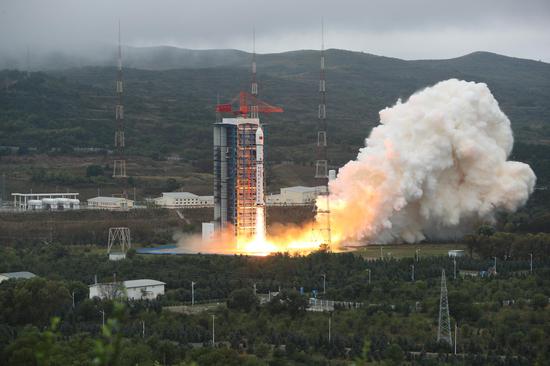












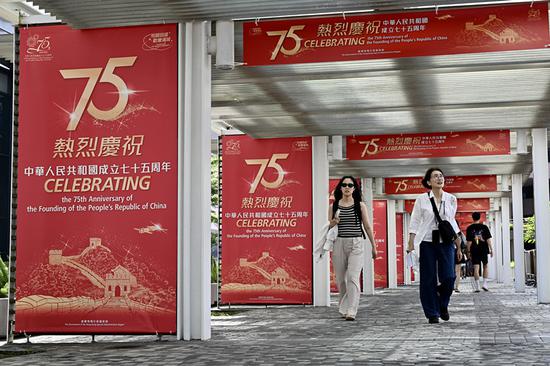




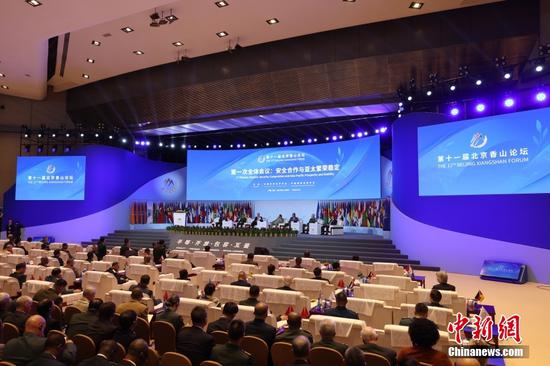






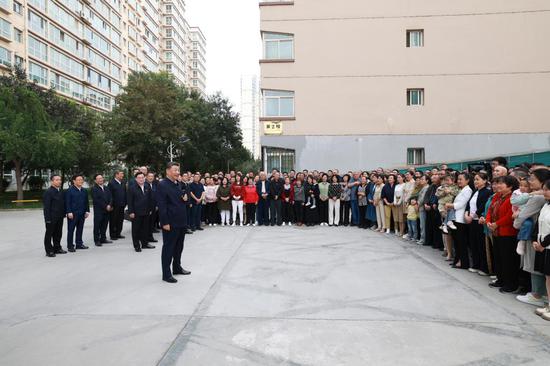
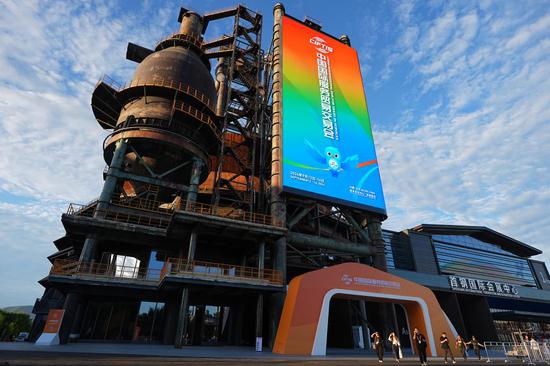










 京公网安备 11010202009201号
京公网安备 11010202009201号